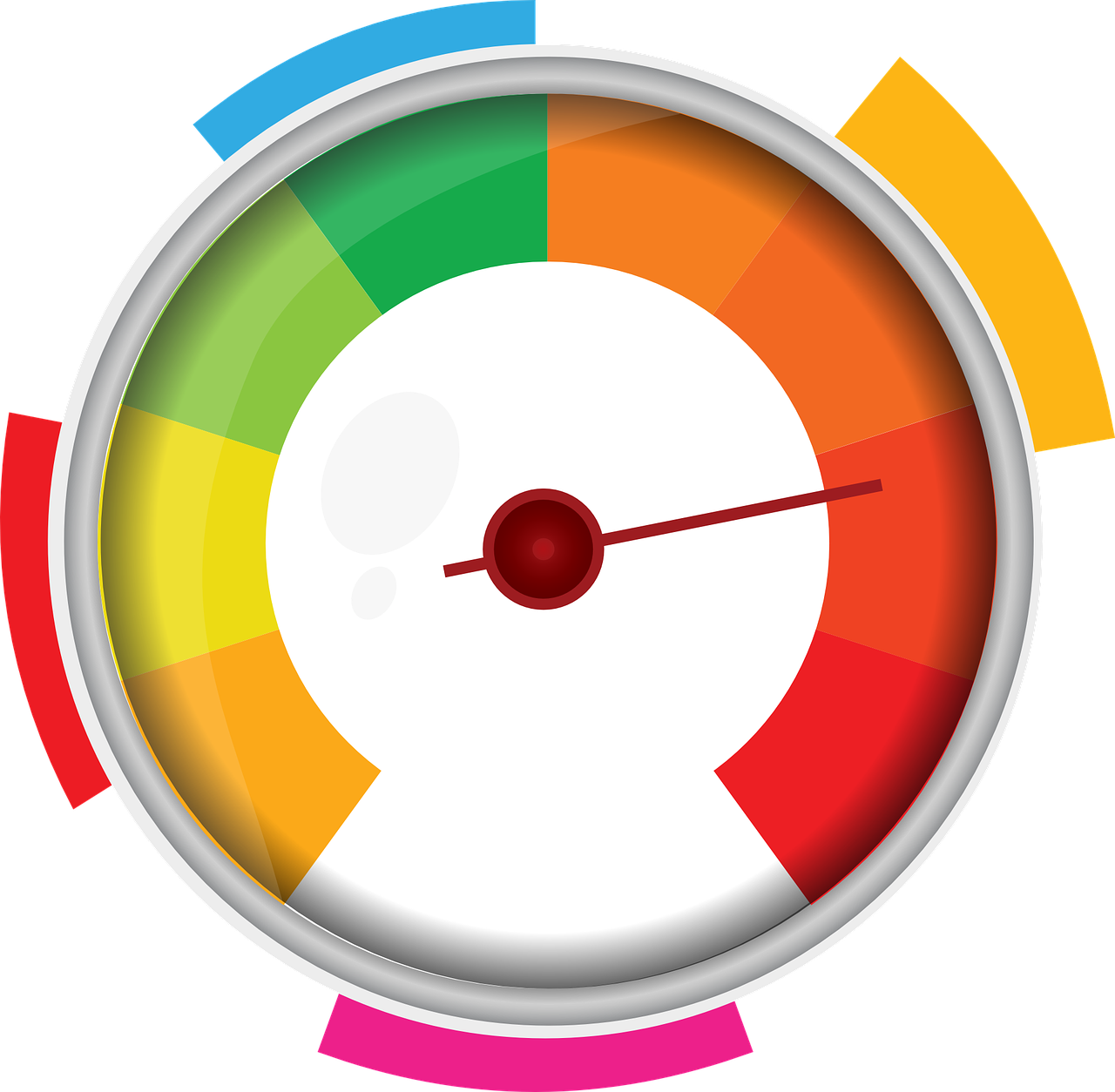Top 5 Factors affecting value of the Options in Derivatives
Stock price, Exercise price, Time of Expiration, Volatility & Interest rates
What are Options ?
Options are financial derivatives that give buyers the right, but not the obligation, to buy or sell an underlying asset at an agreed-upon price and date.
Call options and put options form the basis for a wide range of option strategies designed for hedging, income, or speculation.
Although there are many opportunities to profit with options, investors should carefully weigh the risks.
You can also read related article - 5 Must Do's for Financial Freedom
Factors affecting value of the option
1. Stock price
The value of particular option depends upon the movement in price of the stock. Rise in the stock price causes the increase in the premium of call option while decrease in the premium of put option. On the other hand if the price of the underlying falls, premium of the call option decreases while that of the put option increases.
Consider a call option. If you want to own an option that gives you the right to buy stock at Rs. 50 per share. When you would be ready to pay more premium, when the stock is trading at Rs. 65 or Rs. 55?.
In the first case you are benefited by Rs. 15(65-50) by exercising the option but in the second case the benefit is just Rs. 5(55-50). Surely you would pay more premium for that call if the stock is trading at Rs. 65 than when it is trading at Rs. 55. The higher the stock price the more a call option is worth.
Similarly, the lower the stock price, the more a put option is worth. If you want to have the right to sell stock at Rs. 30, you would pay more for that put option when the stock is Rs. 20 than when it is Rs. 25. The lower the call stock price, the more a put is worth.
2. Exercise price
Of course you would always prefer the right to buy stock at a lower price any day of the week! Thus, calls become more expensive as the strike price moves lower.
Likewise, puts become more expensive in value as the strike price increases.
You would pay more for the right to buy stock at Rs. 60 than for the right to pay Rs. 70. Thus, calls increase in value as the strike price moves lower. And puts increase in value as the strike price increases (the right to sell at Rs. 45 is more valuable than the right to sell at Rs. 40)
3. Time to expiration
Ideally, the more time the option has until expiration the higher its premium is. The reason being the underlying has more time to fluctuate in value.
Time increases the chances that at some time the option will move In The Money and become profitable for buyer and risky for seller and hence seller will charge increased premium.
The options time value goes on declining as the options approaches the expiration because the time remaining goes on decreasing as well.
4. Volatility of the stock price
There is increased price risk associated with the volatile market and hence the cost of getting insurance through options is also higher.
The same reason being the option is more likely to move in the money in volatile market and become profitable for the buyer.
Sellers who try to avoid losses bear more risk in such kind of volatile market and hence require higher premium.
Thus it is possible that the three months option premium is higher in volatile market as compared to five months stable market.
5. Interest rate
When interest rates increase, the call option prices increase while the put option prices decrease.
Let’s look at the logic behind this. Let’s say you are interested in buying a stock which sells at Rs. 10 per share. You buy 1,000 shares at Rs. 10 each with a total investment of Rs. 10,000. Instead of directly buying the stock, you could also have purchases a call option selling for only Rs. 1, making a total investment of Rs. 1 x 1,000 = Rs. 1,000. If you choose to buy the call option instead of the underlying stock directly, you could have used the remaining Rs. 9,000 to earn some interest. The higher the interest rates, the higher your interest income would be. This makes the call option more attractive and more expensive.
For put options, the opposite holds true, that is, the higher the interest rates the lower the put option price. This is because if interest rates are high you will have to hold the asset for a longer time to deliver it under the put option. Simply selling the asset and using the proceeds to invest at a higher rate would be a better option. This makes the put option less attractive and hence less costly when interest rates are high.
You can also read related article - 5 Must Do's for Financial Freedom
Bottomline
Options are financial derivatives which are dynamic in nature, which are normally derive value based on Stock price, Exercise price, Time of Expiration, Volatility & Interest rates.





